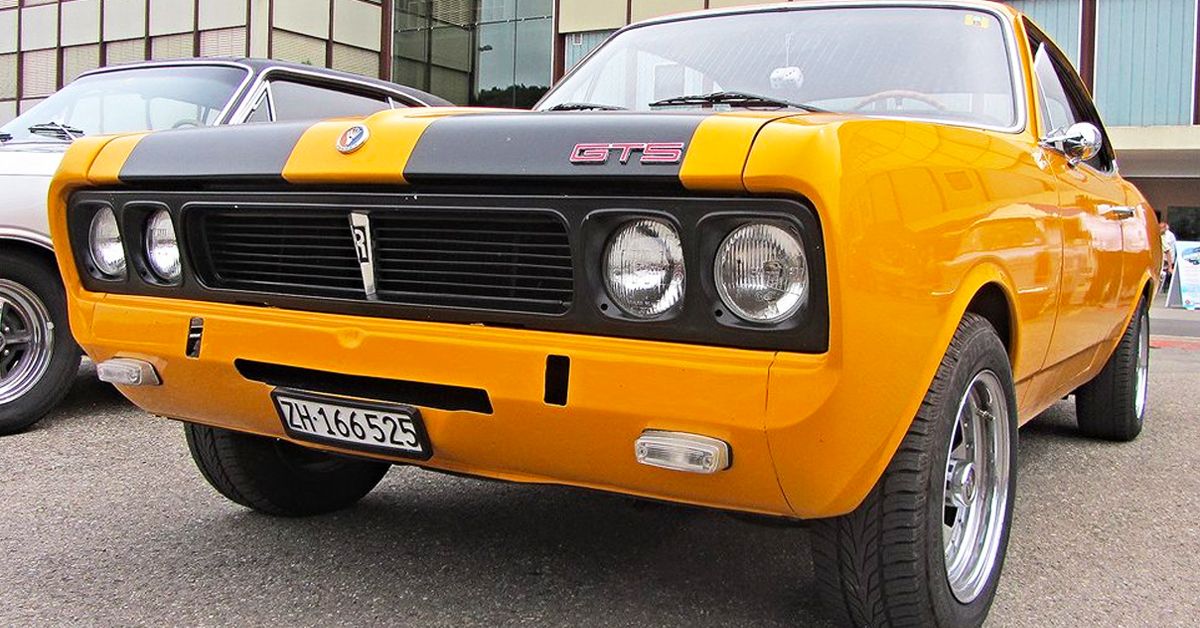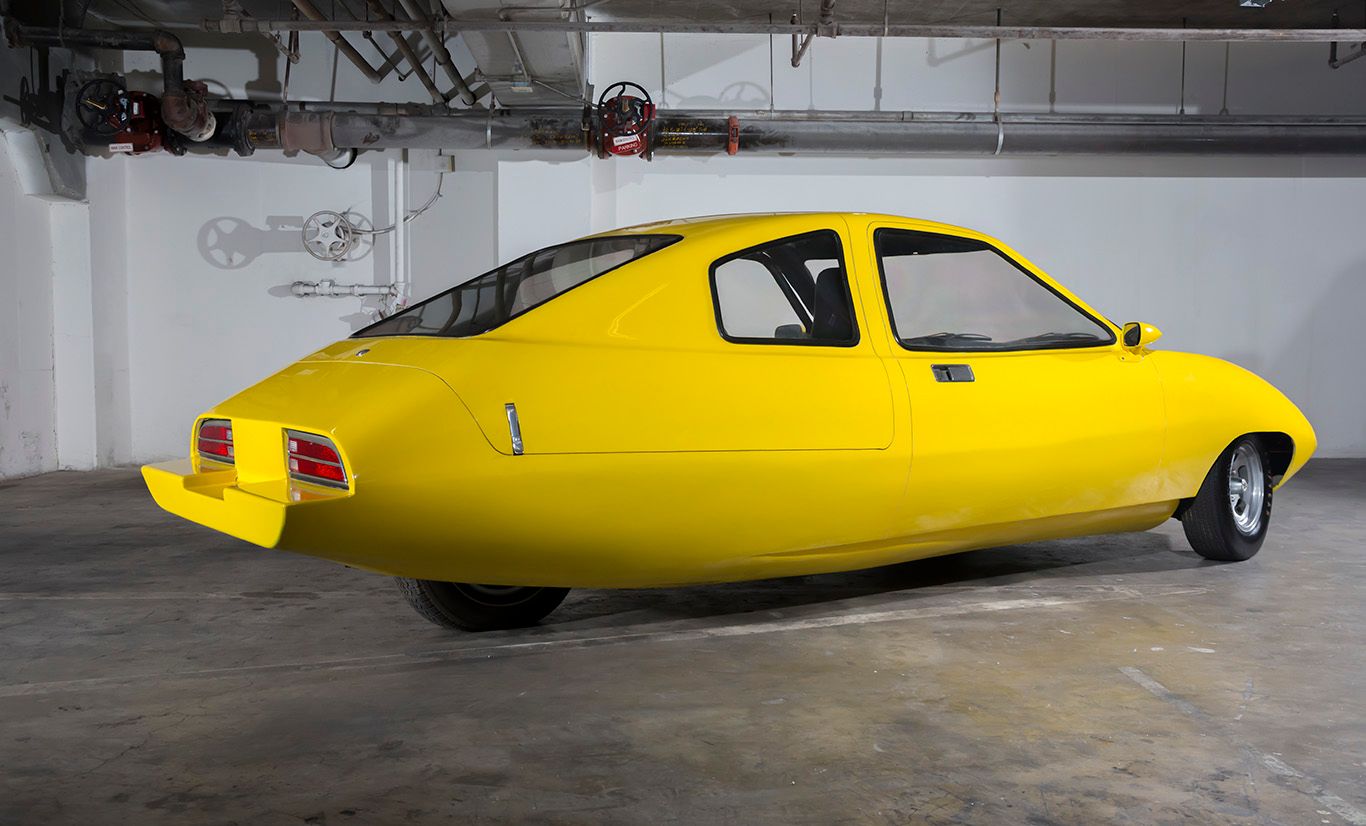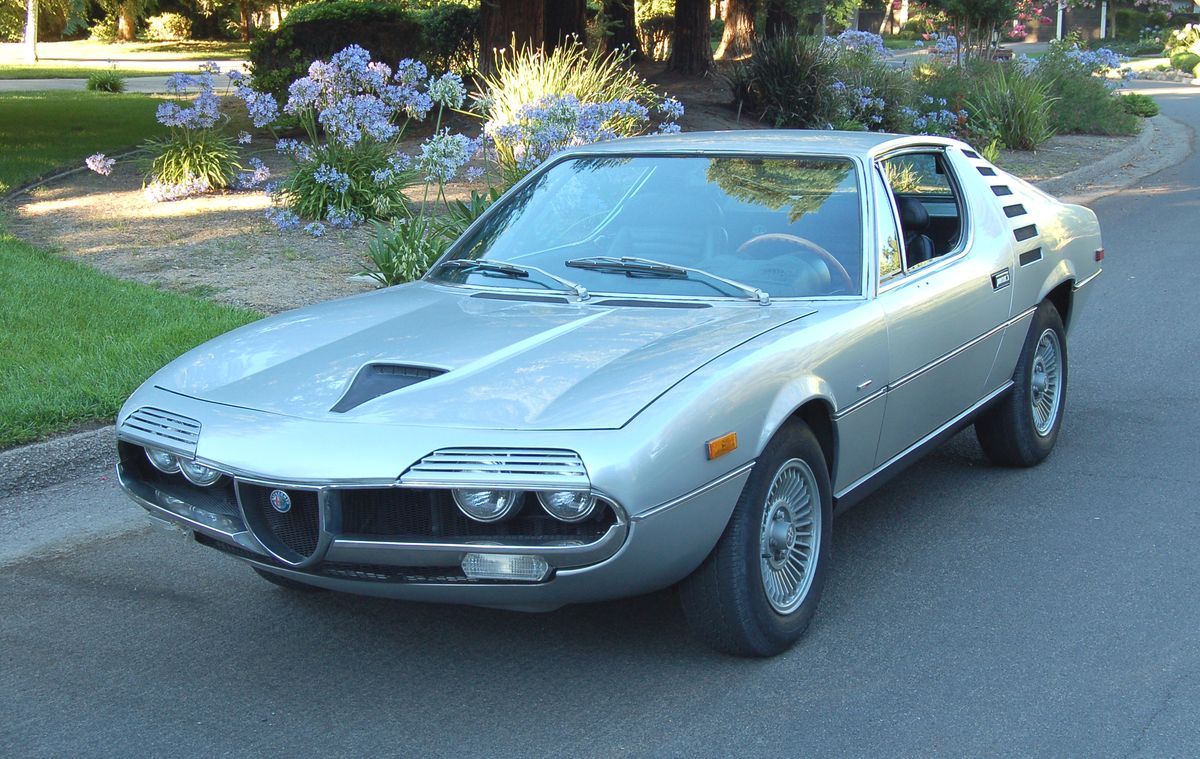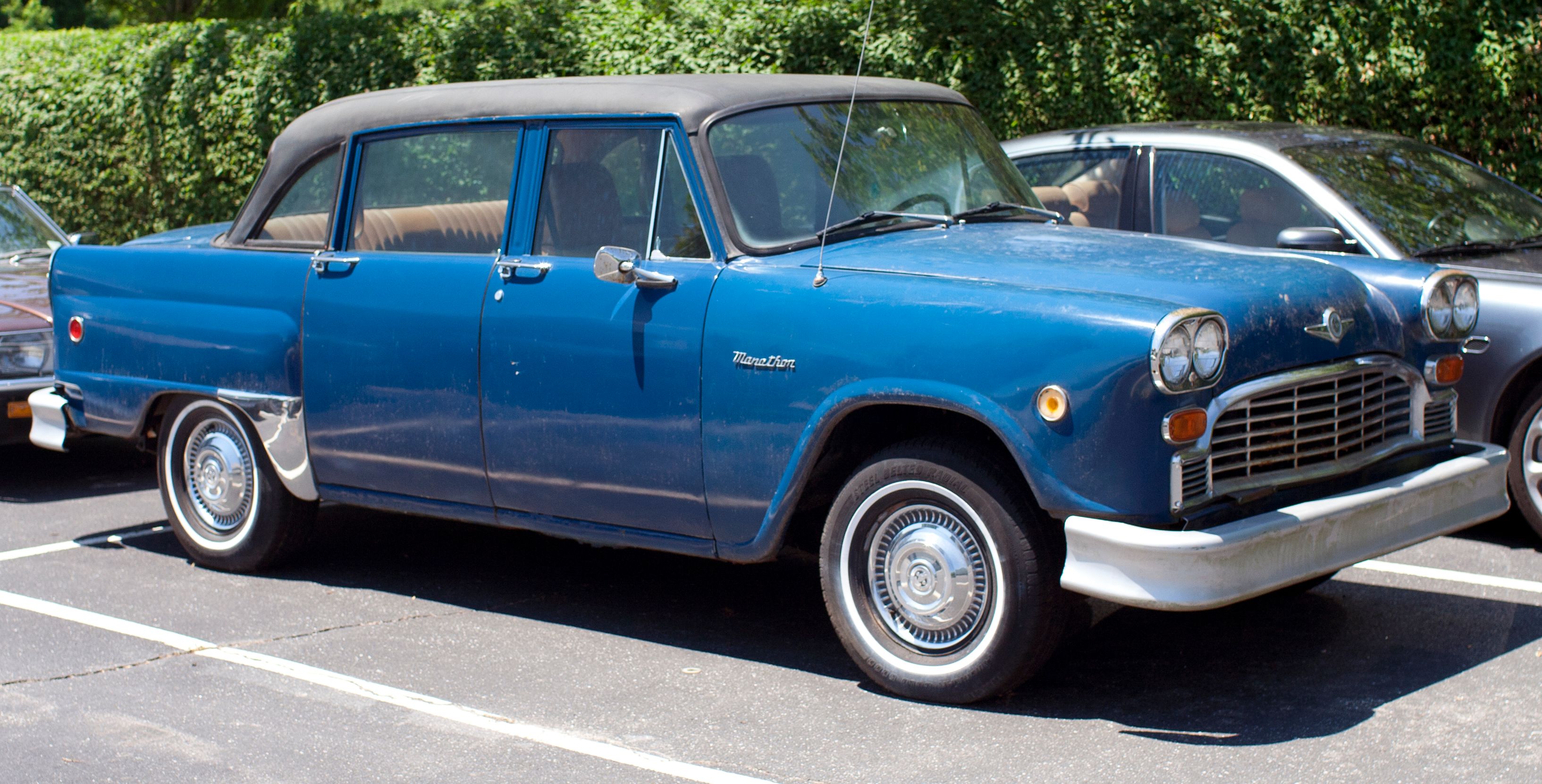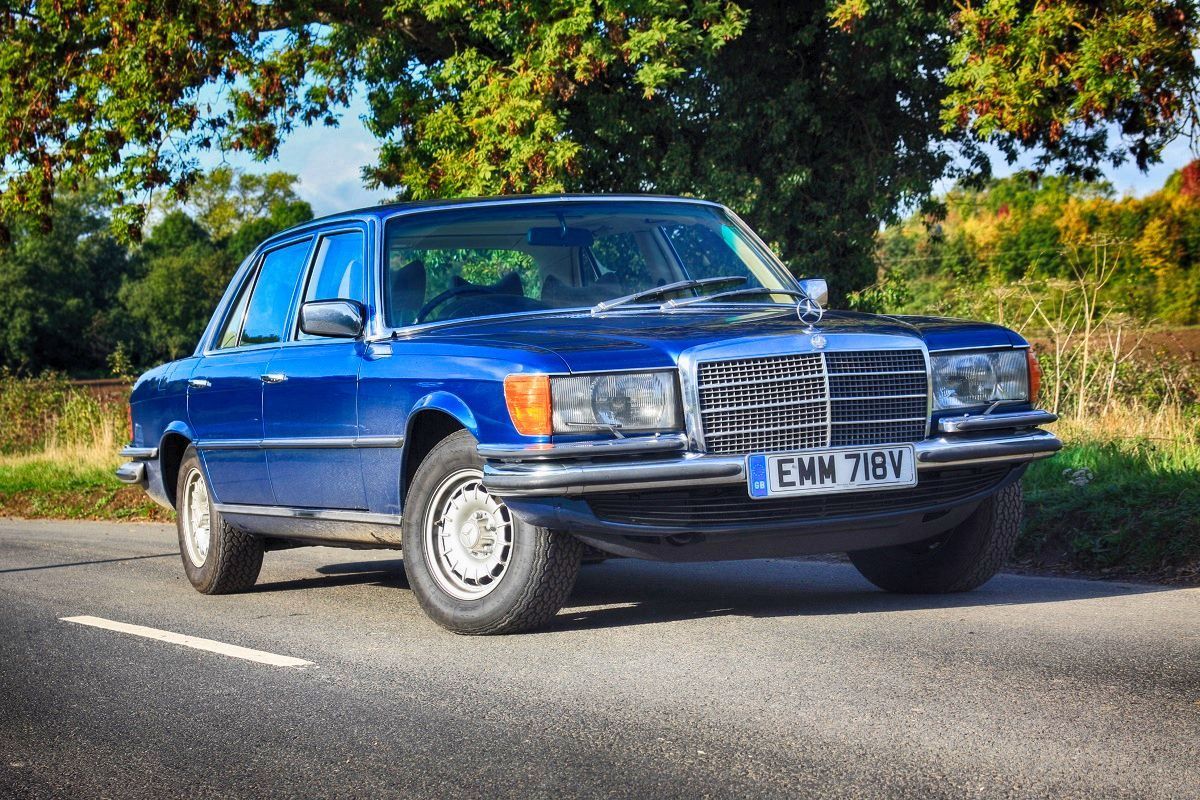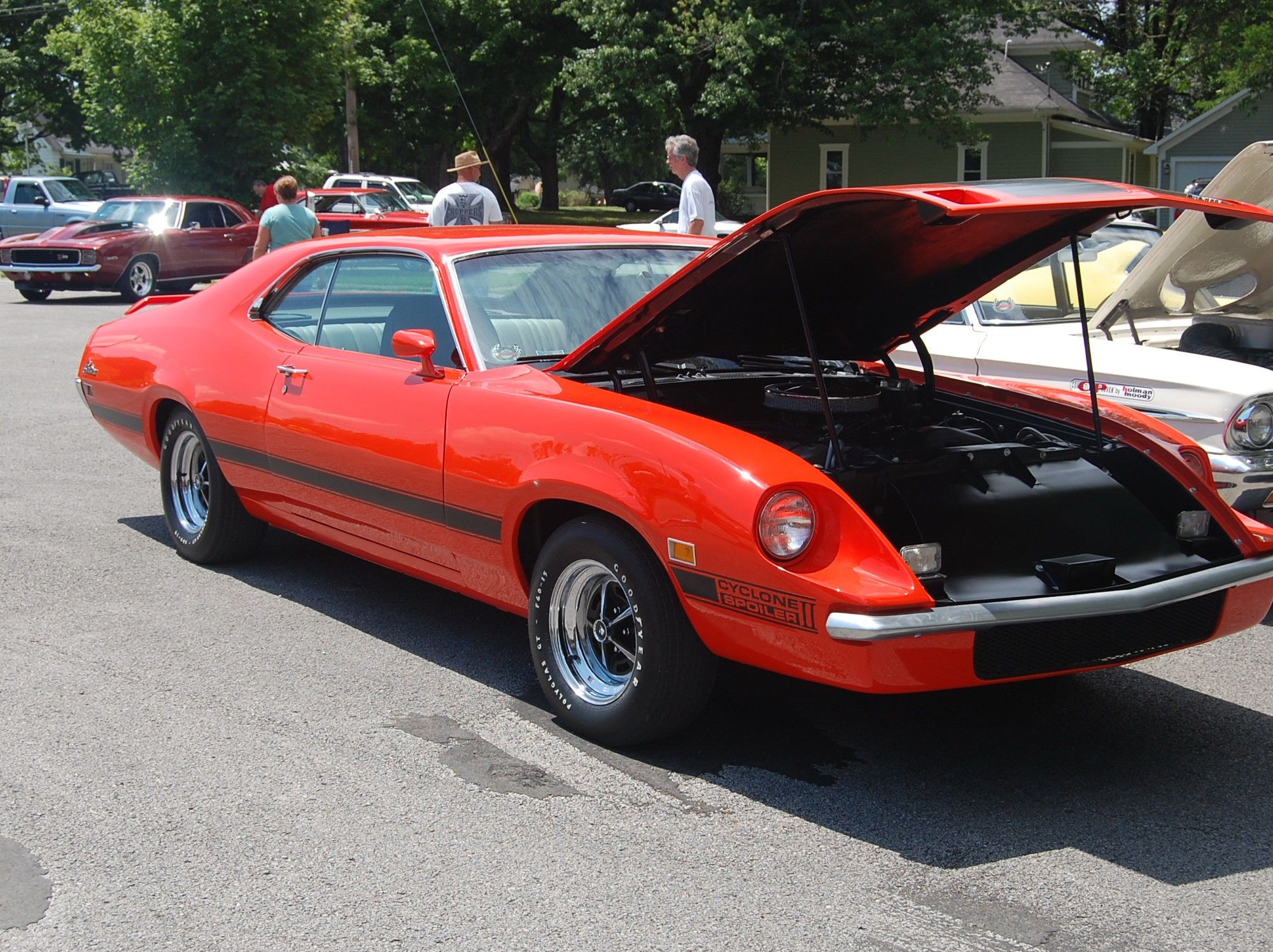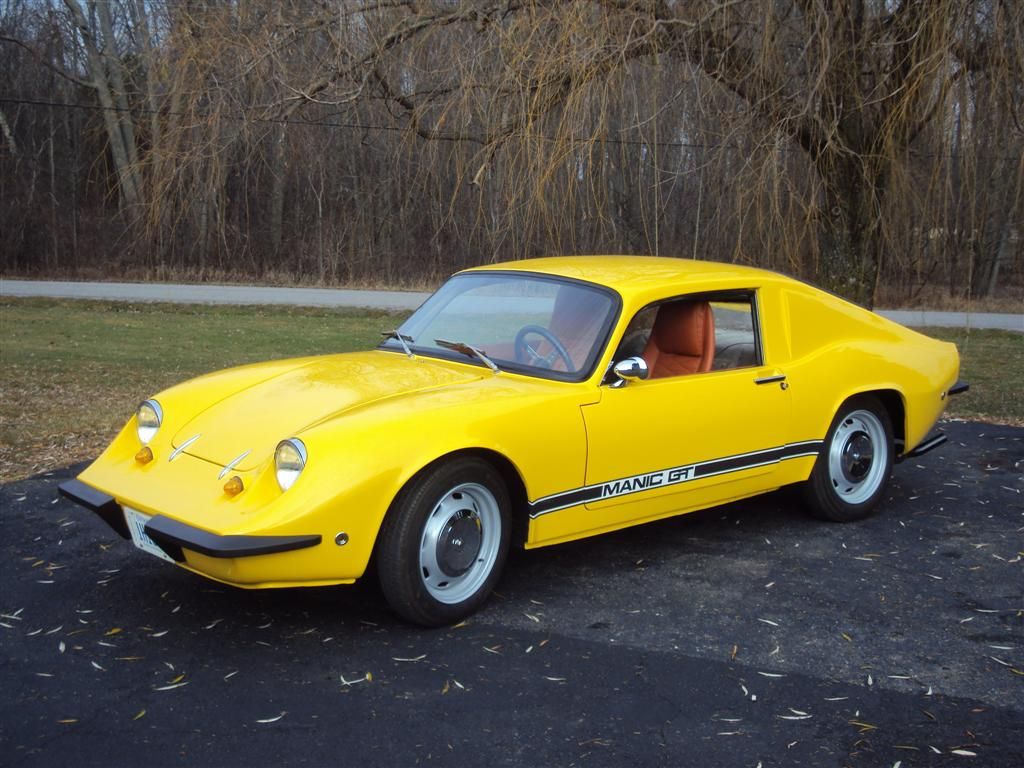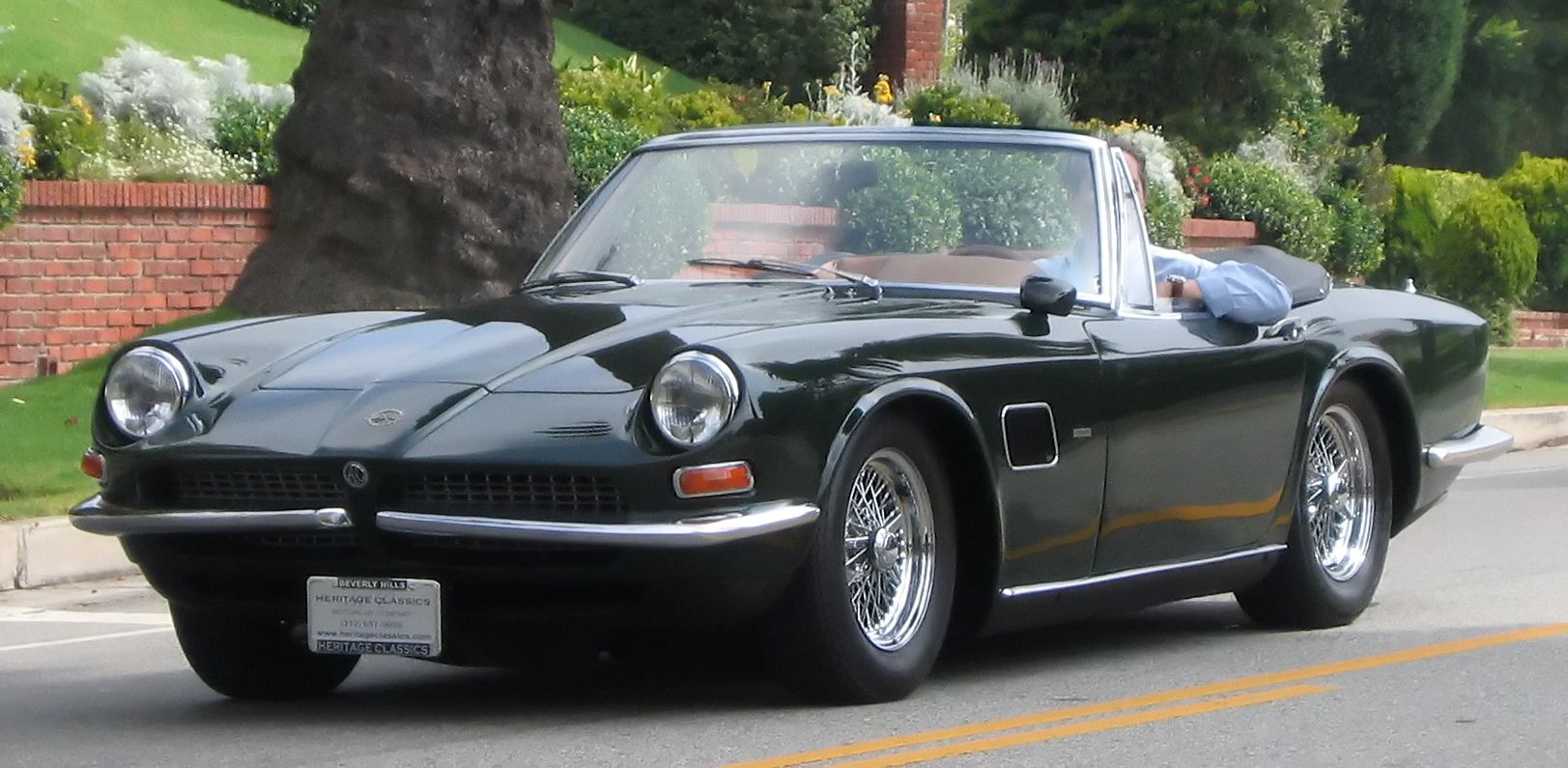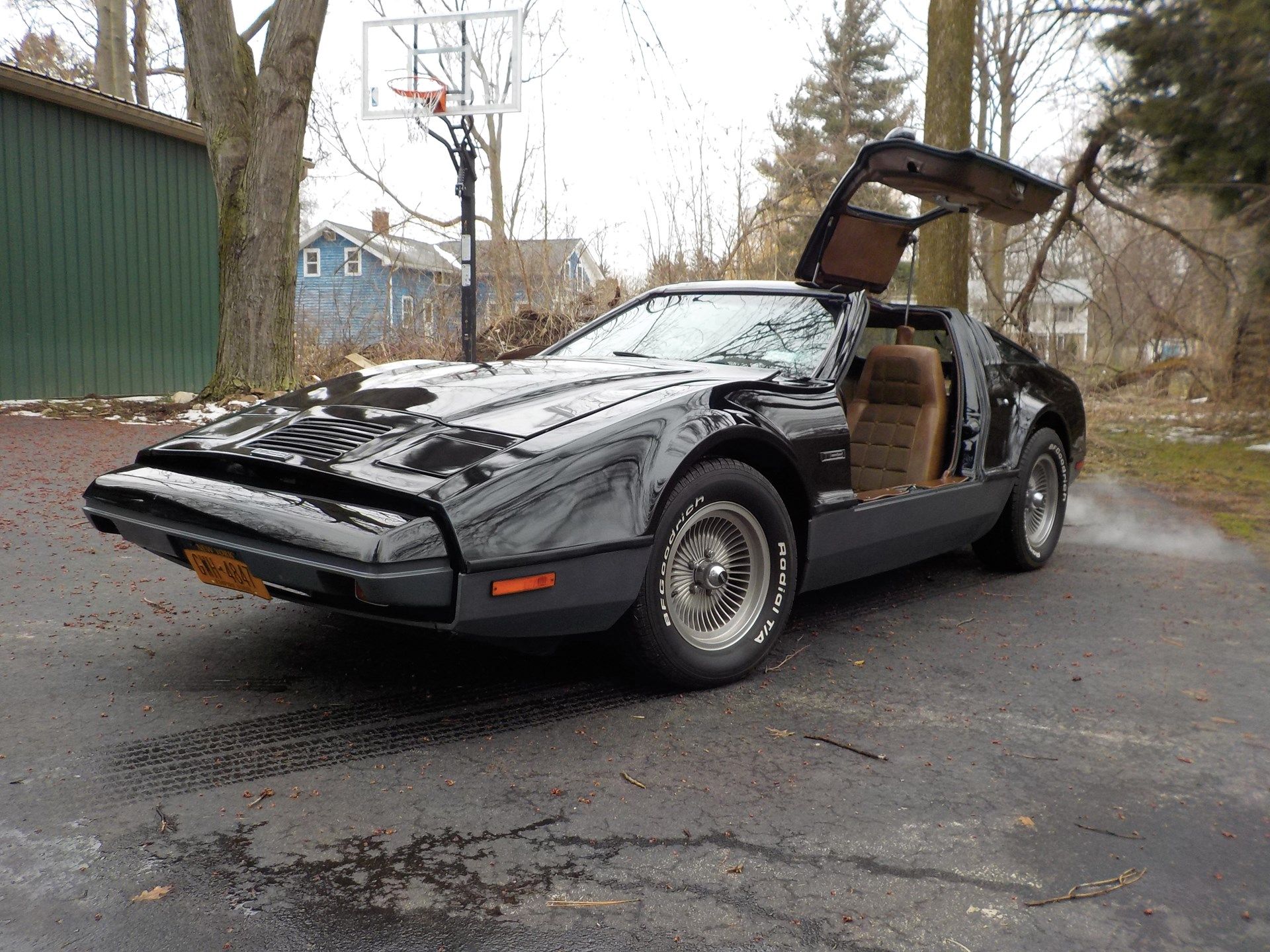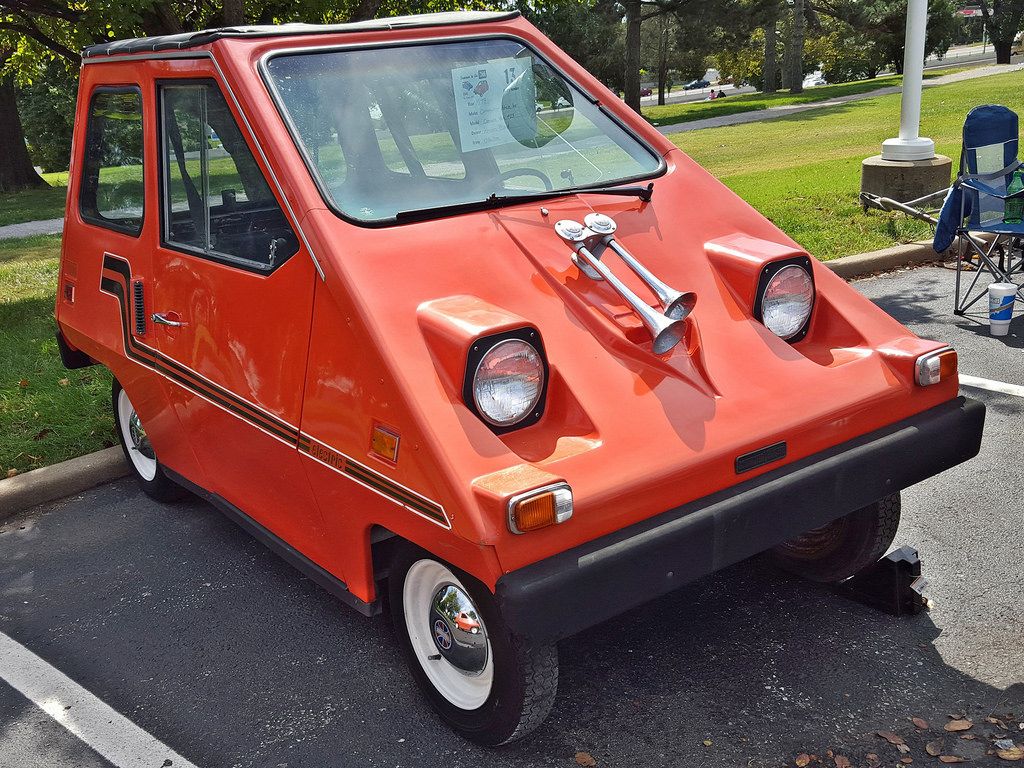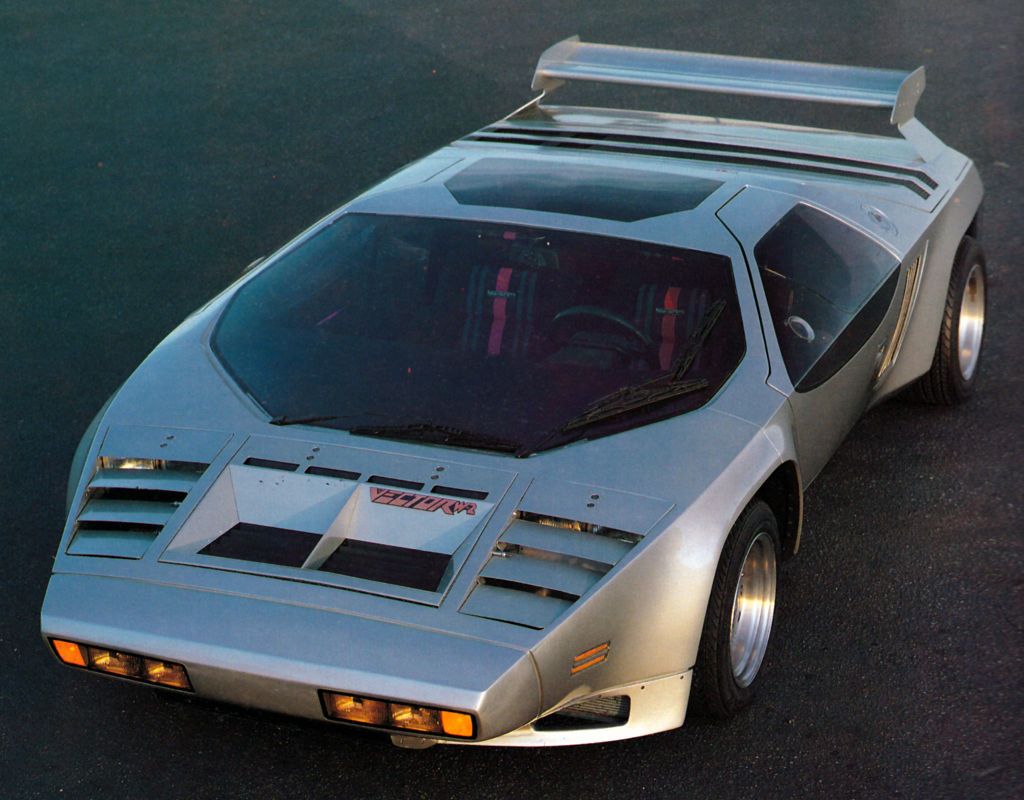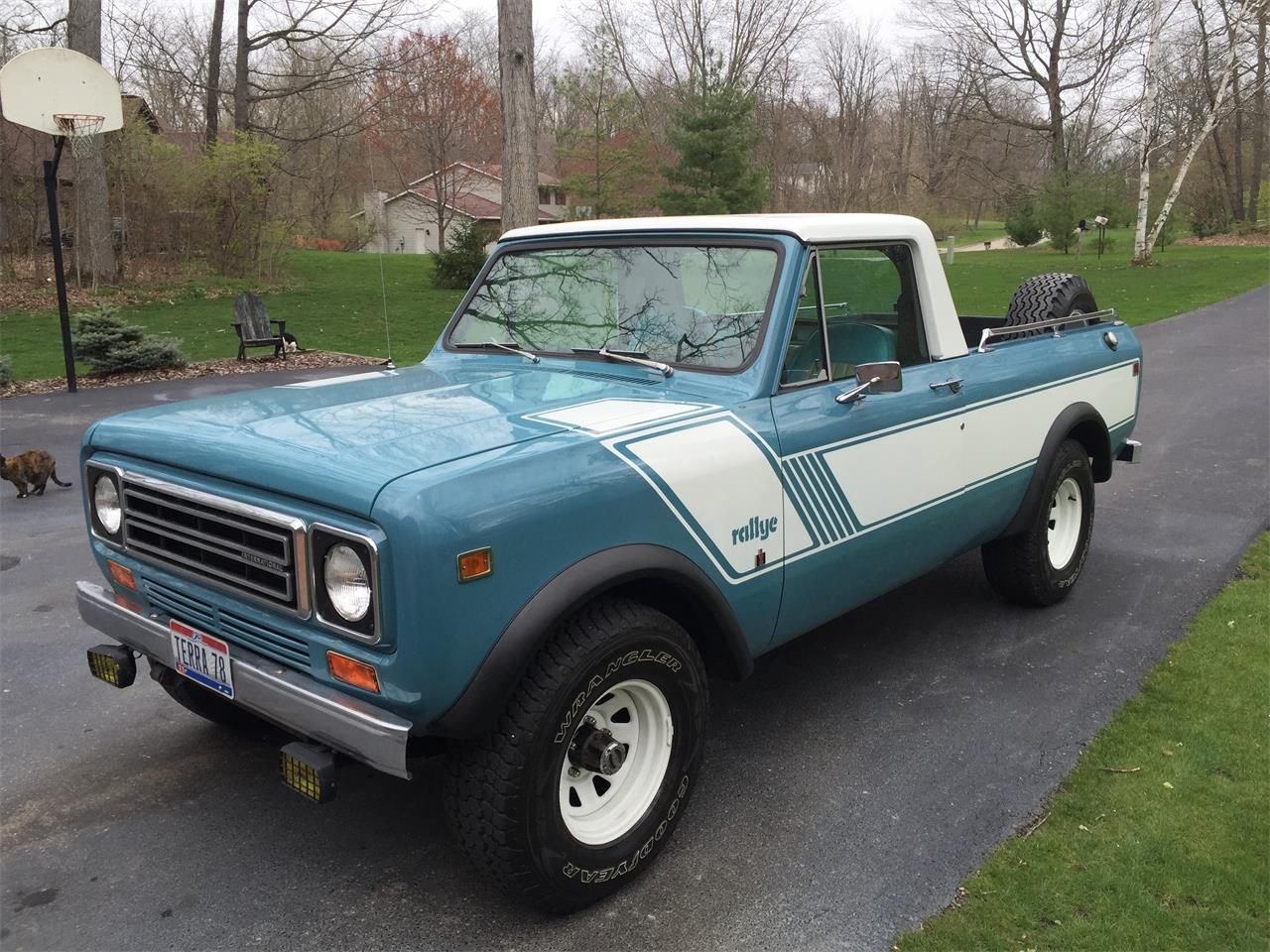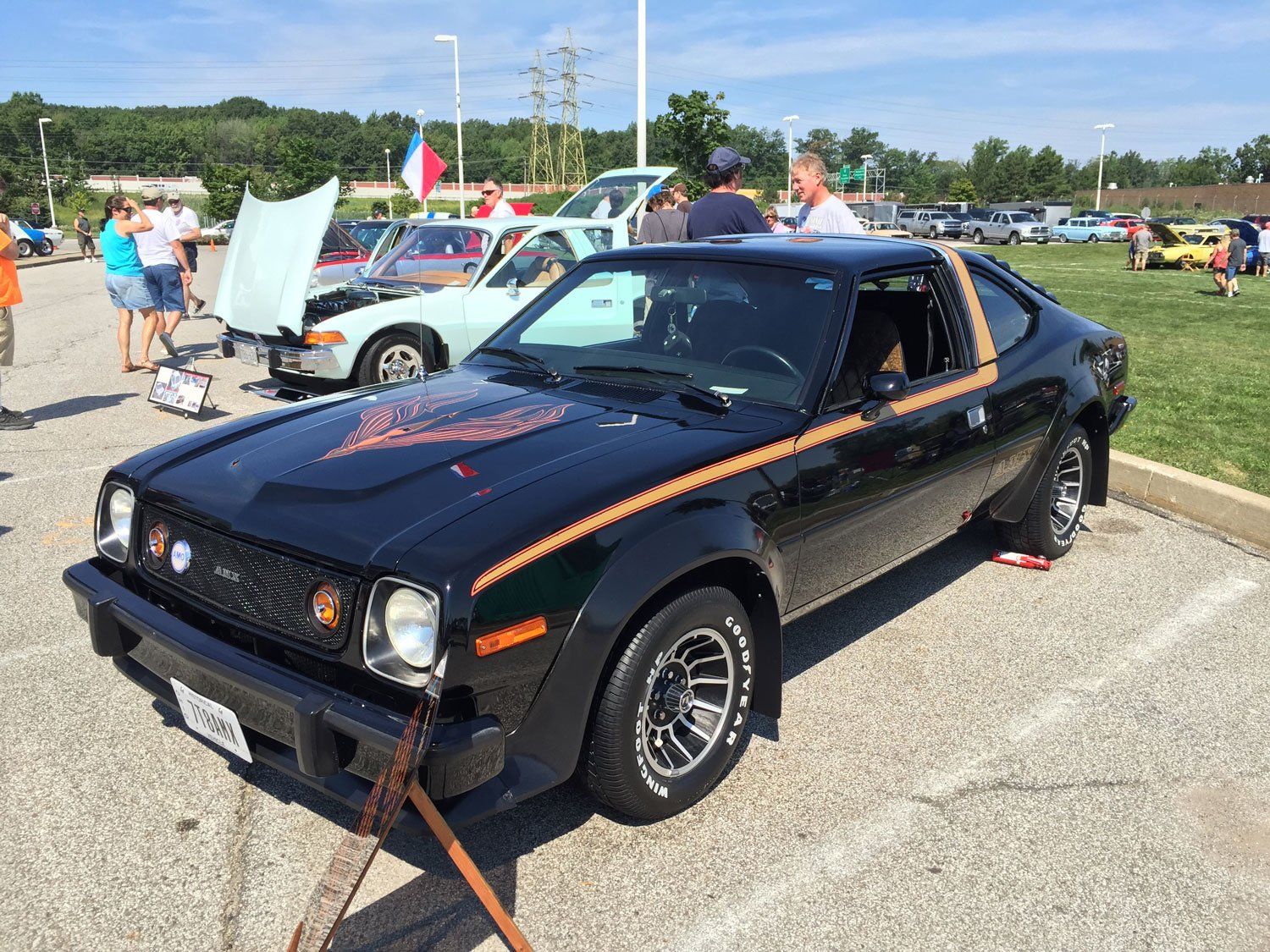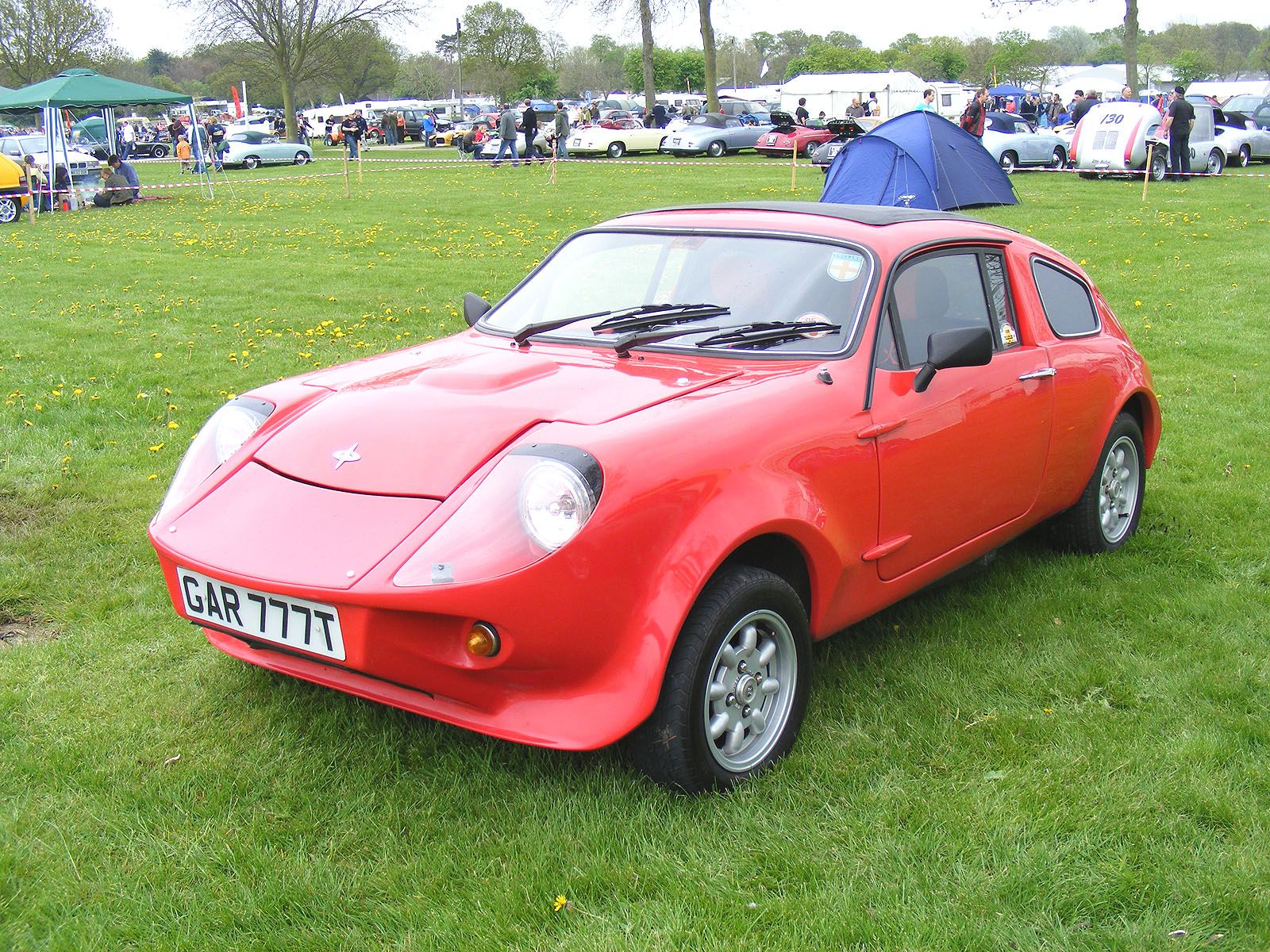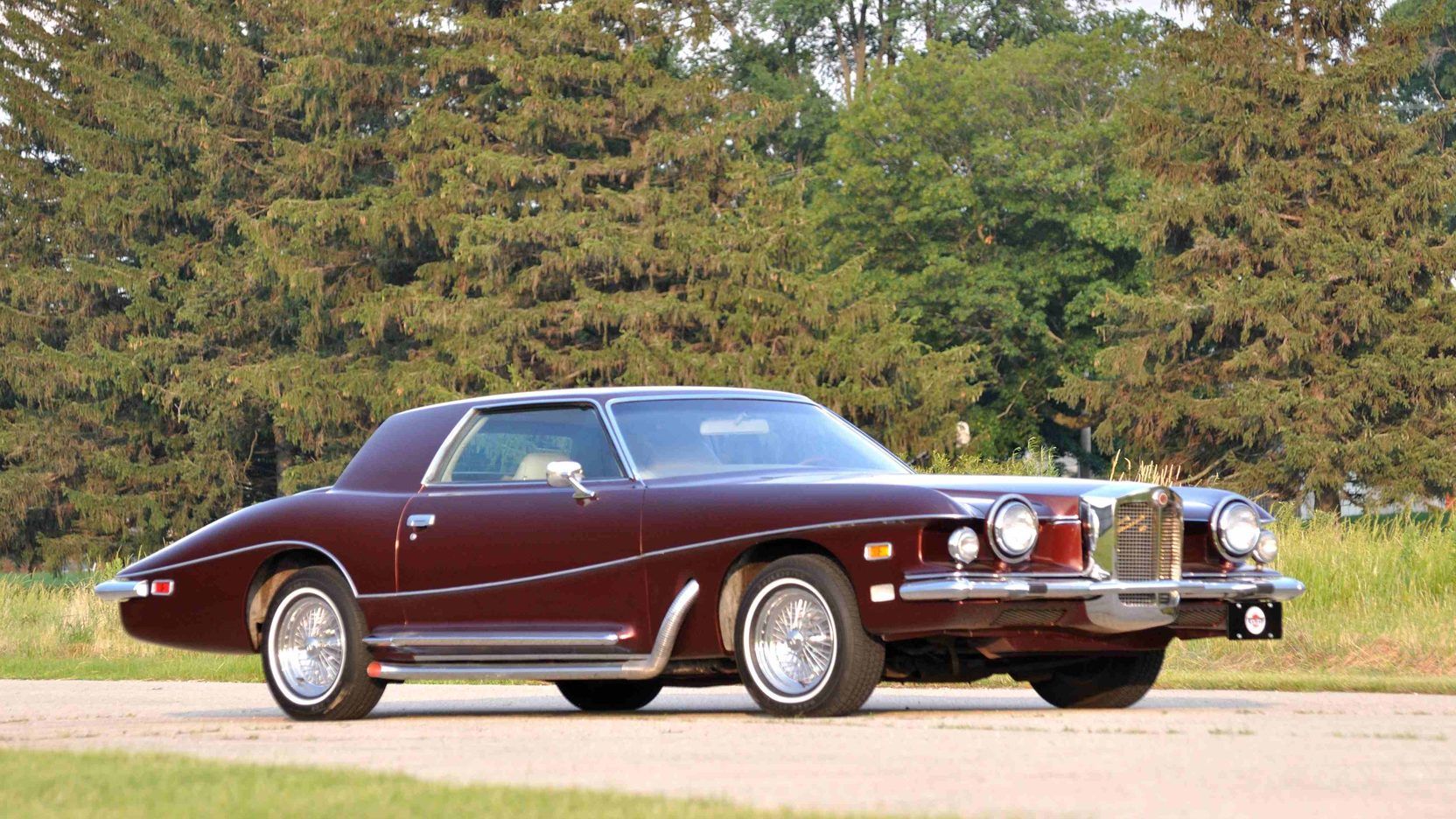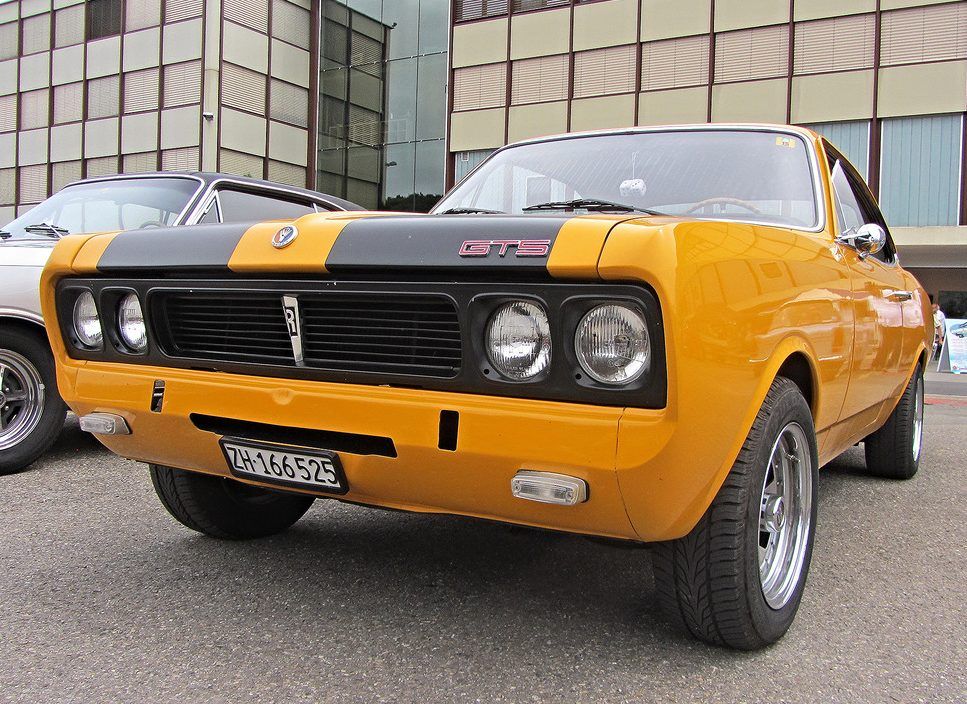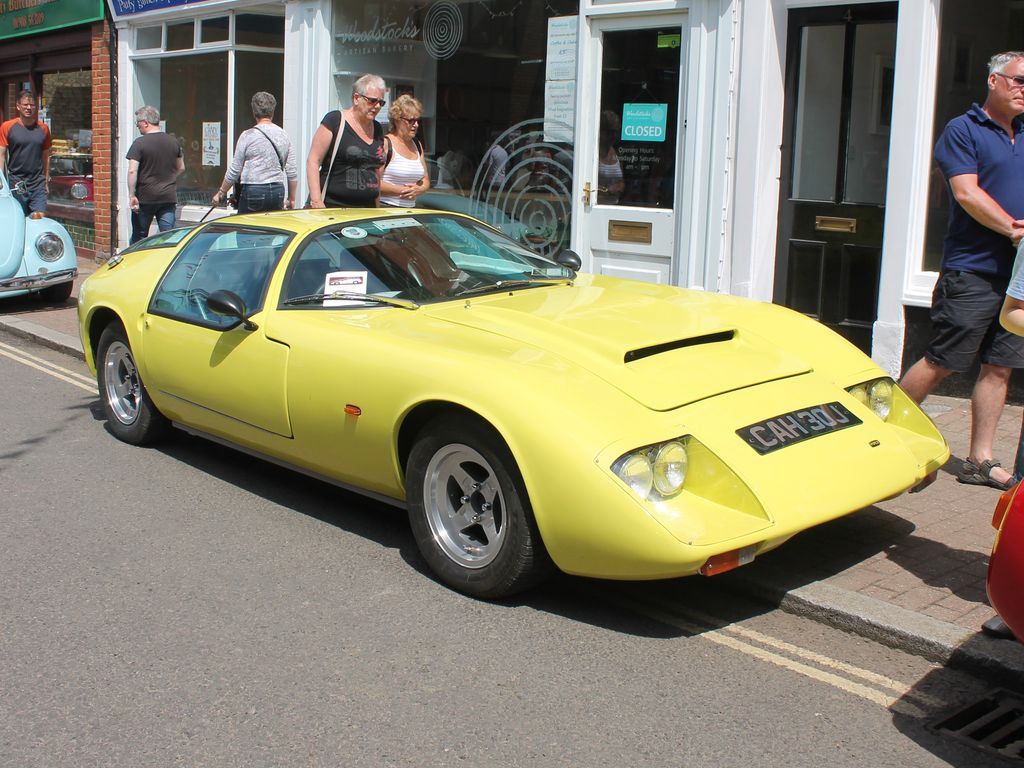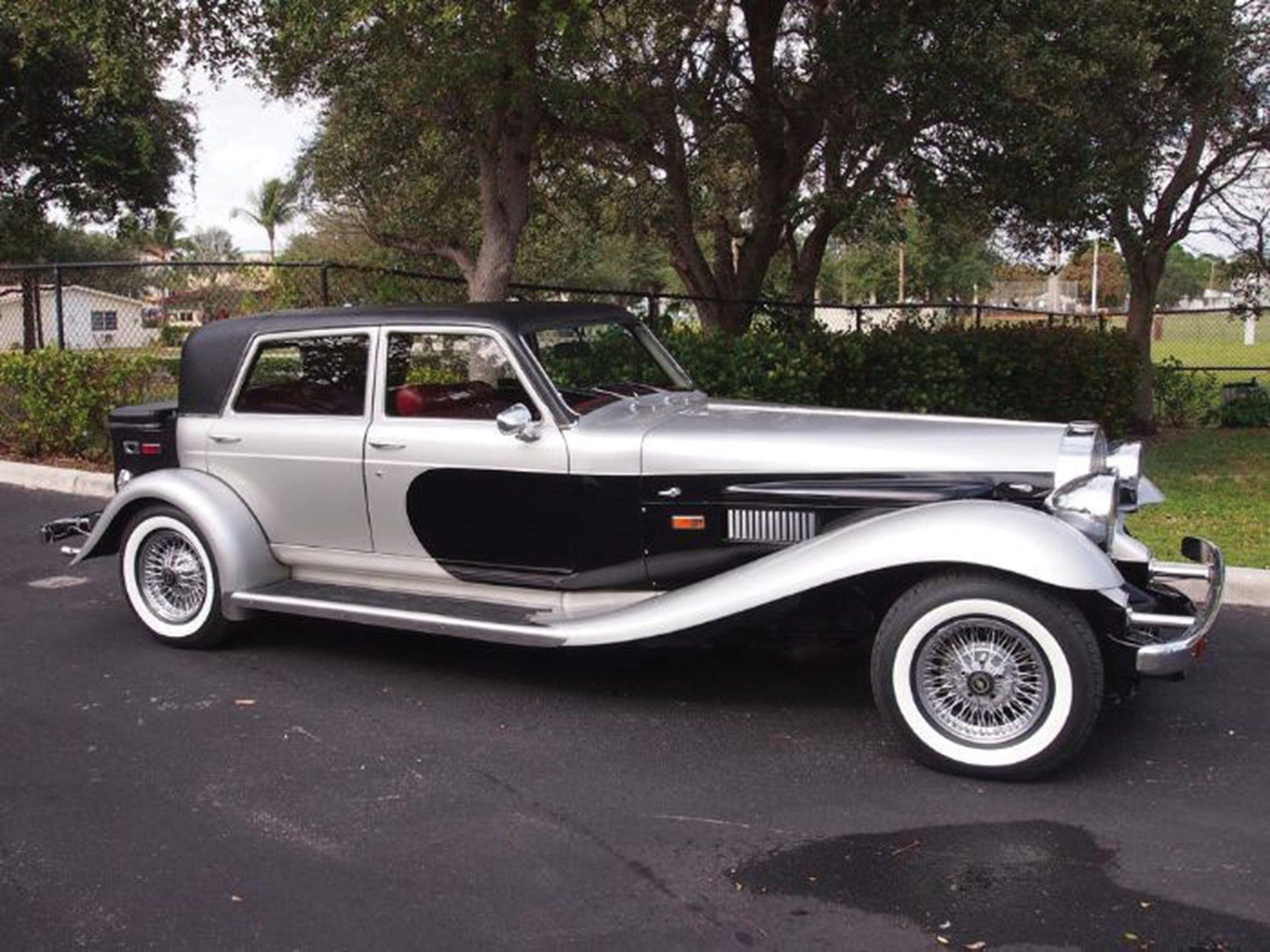The 1970s was a decade for revision in the automotive world. The early '70s brought some of the biggest power hungry cars that America hasn't seen till recently. Then, further into the '70s, things got harder as the gas crisis and government restrictions put a severe strain on the larger domestic companies who had everything to lose if they didn't comply. Big companies from Japan who already offered the small cars in the US were moving in quickly to try to move into parking spots that once held Chevrolets and Fords.
Many companies were striving to stay relevant by reinventing themselves and smaller shops were turning out some very controversial automobiles that tested the limits of what we all think should power our cars. The smaller cars tried to take hold in the later 70s and the larger cars tried every way they could to save gas using different computerized techniques, such as limiting power or even cutting off power to a number of cylinders like Cadillac's V8-6-4 motor. These computer tricks didn't help, though, as the technology hadn't become advanced enough to get the type of economy the world desired. All of the efforts were just paving a way for small cars to become popular.
Though a lot of cars made became staples in this unsure era and are often reminisced about, other cars were forgotten about by being lost in an era in which they didn't belong or just following a crowd of bland style and mediocre performance. This is a list of cars that we have forgotten about from a decade that had to change how people thought about the needs of their cars.
24 Twentieth Century Motor Car Corporation Dale
Twentieth Century Motor Car Corporation was a company founded by a con-man dressed as a woman named Geraldine Carmichael. The Dale, however, was designed and built by Dale Clift. Though the story of the TCMCC is well known among automotive historians, the general public has seemingly forgotten about this car that caused so much controversy that everyone should have known about this car just from looking at it. Though the scandal has long since been left behind—and Carmichael passed away in 2006 from cancer—there isn't much besides a couple of prototypes to remind us that these were almost a thing.
23 Alfa Romeo Montreal
One of only three postwar V8 Alfas, the Montreal was previewed at the Geneva motor show in 1970 with bodywork by Marcello Gandini of Bertone. The V8 was supplied by Autodelta and was a detuned version that was seen in the Tipo 33 and the 33 Stradale. The result was another beautiful Alfa Romeo with an equally beautiful sounding 200-hp V8. Unfortunately, the brakes and suspension took away from this remarkable car and Alfa only produced around 3,000 cars, but the car deserves to be remembered not for its performance, but for its Bertone-designed beauty.
22 GMC Caballero
Perhaps the only car-like thing to be sold by GMC in America, the Caballero is a rebadged Chevrolet El Camino and was made to replace the Sprint, which was also a rebadged El Camino. It was because of this close relationship between the two that most people didn't even know about the Caballero. A performance package with a 350 V8 was offered in 1978 called the Diablo and remained a trim package until the end of production in 1987. Most people have forgotten about this car now, though, most likely for how forgettable it was and how it looks like every other El Camino of the age, except maybe the SS that had the custom bodywork.
21 Checker Model A12
Everyone knows what the Checker Marathon look like from any movie made about New York City throughout the 1970s and 80s, as they ruled the city's taxi business. What is forgotten, though, is that the car was introduced in 1960 and was produced throughout the 1970s and even into the early 80s virtually unchanged. It's an oft-overlooked staple of transportation in this country that lasted more than 30 years and has been forgotten now as it mostly takes up the background on period cityscape sets.
20 Mercedes-Benz 450SEL 6.9
Not to be confused with the standard 450SEL, the 6.9 is a high-performance trim that replaced the 4.5-liter V8 with a 6.9 V8 that pushed out 282 horsepower and 410 ft-lb of torque. This mid-70s rebel built for the Autobahn had a hydropneumatic self-leveling suspension that was introduced by Citroen on the DS. This trim was as highly exclusive as it was expensive, selling for almost as much as a Rolls-Royce here in the States. And yet most people wouldn't recognize it if it was parked in front of their house.
19 Mercury Cyclone Spoiler II
The age of the muscle car spawned some of the most powerful and purpose-built cars in this country's history. Homologation rules in NASCAR required that so many of a certain model be built for the public if manufacturers wanted to be able to compete, which spawned the famous Dodge and Plymouth Winged Warriors. Less known, however, were the efforts put forward by Mercury, as parent company Ford had the Torino Talladega and Mercury had its own Cyclone Spoiler. The long-nose variant, however, is even less well known, as it was set to be sold to the public in 1970 only to be canceled before producing an unknown number of these early, aerodynamically designed Mercurys.
18 Manic GT
This Renault-powered rear-engined sports car came out in the mid-70s and was built simply because the anticipation for a Renault A110 to be imported was too great (before Renault pulled out of the deal altogether). So a PR officer for Renault Canada named Jacques About built the Manic, which is named after the nearby Manicouagan River. The car had between 65 and 105 horsepower, which could propel the 1,450-pound car to 135 mph under the right conditions. Canada isn't generally known for domestic car building, but this car would stand out for a mile just about anywhere.
17 Mercury Bobcat
The Bobcat is little more than a rebadged Pinto (as if there was anything worse than a regular Pinto). The only differences between the two was a different grill and hood, along with some interior refinements to differ it from the Ford counterpart. The sister cars competed for sales, with the Pinto becoming the more well known after an incident that revealed a flaw in the design. The Bobcat has gained a loyal cult following of owners, but we feel it has been forgotten by the general public.
16 AC Frua
The Cobra is recognized around the world and those who are a little more knowledgeable will recognize it as the AC Ace that it was before Shelby threw in his Ford V8. The Frua was the second model from the AC-Ford team up and also featured the potent 428 Cobra Jet motor in between the fenders. Definitely not as popular and easily overshadowed by the Cobra, the Frua didn't live up to the expectations and was discontinued in 1973 after only a few were made.
15 Bond Bug
Built throughout the early-70s until 1974, this little UK-built three-wheeler was built during a merger between Bond and Reliant, the latter being well known for their three-wheeled cars. Designed in a wedge shape with the top of the cabin lifting up and forward to expose the engine and allow access, it was marketed at a younger audience. The Bug was painted a bring and "exciting" Tangerine Orange which itself calls back to the era during which the final Bond was built.
14 Bricklin SV-1
This could very well be the first time two cars from Canada appear on the same list together, though this one is rather controversial as it was a complete failure. But at least it looked great doing it. The SV-1 (Safety Vehicle 1) was built purely for, well, safety but tried looking good doing it with bright colors and gullwing doors. The car was packed with a suspension and motor setup from AMC, which was then swapped out for a less-powerful Ford 351. Often compared to the DMC when talking about a failed automobile, this one differs from it mostly because it doesn't have that same connection to any movie (besides a couple of unknown H.B. Halicki movies in the 1970s).
13 Sebring-Vanguard CitiCar
Almost looking like the Bond Bug I've mentioned in this list, this US-built electric car is an example of what I was talking about in my intro. The CitiCar sold in the thousands throughout the 70s but has since been forgotten about due to it not being meant to be an owner's only car, but rather an assistant to save fuel in your other car. The EV wasn't a bad idea considering the gas crisis that was going on at the time, but the battery had not yet developed to where it needed to be and ended up weighing down the little 3.5-horsepower car, which somehow managed to weight 1,300 pounds.
12 Vector W2
Though technically not produced until the 1980s, the amount of coverage and appearances the car made after its conception no doubt drew attention from car enthusiasts who may have since forgotten about the company altogether. The running prototype was tested over 100,000 miles before production, with constant improvements along the way. The Vector tried to break into the exclusive supercar market by offering a domestic alternative powered by a twin-turbo 350 V8 from GM. It's just too bad this car couldn't get off of the ground despite the constant fight for relevance.
11 International Harvester Scout II Terra
Everybody knows the Scout and Scout II; these trucks are true classics and remain as collectible as they are tough. Less well known, however, are the Terra and the Traveller, Scout II sub-models that served as the end of an era for IH light-duty trucks. The Terra is a decent pickup truck with a 2,000-pound carrying capacity and 7.5 inches of ground clearance. These trucks have gained a following of their own along with Scout IIs, but have since been overlooked by the big-three's offerings during that decade.
10 AMC Concord
This car is so forgotten that just typing it into Google leads you to an AMC theater in Concord, NC! Of course, a little scrolling and you'll run into our subject, no problem. The AMC Concord was offered in three different trims when it was introduced in 1978. There was the Base, Sport, and D/L—and there was also an AMX sub-model that wasn't badged as a Concord but used the Concord Liftback Coupe when different body moldings and a decal set likened to the Firebird were installed. It seems like most of AMC's lineup has been swept under the rug, other than maybe the early AMX muscle cars.
9 Mini Marcos
The Mini Marcos was introduced in 1965 and built until 1989 after trading hands a few times between different fiberglass companies. In 1991, the Mini Marcos appeared once again for its 25th anniversary under the Marcos company nameplate. The Marcos only survived through the early-70s due to its outstanding achievement of being the only UK-built car to complete the 1966 24 Hours of LeMans race, and though sold as a kit car after 1972, it continued through the 70s loved by only those who had the chance to experience it.
8 Stutz Black Hawk
Perhaps an odd car—even by 1970s standards—the Blackhawk was a made-to-order product by a company named Stutz, which has little relation to the Stutz of the early-1900s. It was during the Stutz's 2nd outing that the Blackhawk was produced and sold for about $225,000 in today's dollars when adjusted for inflation. These cars were catered to the rich and famous and stars like Elvis (who owned four of them) and Lucille Ball (who owned a black example, herself). Though paraded around, these cars have remained a piece of their time, and though they were made all the way through till the mid-90s, they remain under the radar of the automotive world.
7 Ranger B GTS
I don't think many people realize this car exists outside of South America. The Ranger was a GM sub-brand made in the late-60s that was also sold in Switzerland and Belgium. The GTS Coupe was, perhaps, the best-looking version of the whole lineup, and it also came with the biggest motor of the line-up, a 2.8-liter straight-six that made 140 horsepower. The Ranger brand only lasted until the late-70s, and thereafter, Vauxhall and Opel were sold in South America to fill the market void.
6 Piper GT P2
This UK-born odd-ball was developed in 1966 by a Formula 3 team leader, George Henrotte. After failing to qualify at 24 Hours of LeMans and after the owner of the company, Brian Sherwood, perished in a car accident, the company didn't look very progressive when going into the 1970s. When “Phase 2” was introduced in 1972, it looked much the same as the GTT, though it featured a number of modifications. The car was sold as a kit car that avoided the UK Purchase Tax by selling it to customers who had to build it themselves—that is, until 1973, when the Value Added Tax replaced this evasion and knocked off the Piper brand as a whole.
5 Panther DeVille
Yet another small UK firm, Panther builds cars that are inspired by older models such as this one. The DeVille is inspired by the Bugatti Royale and came with either a hardtop or a convertible. The interesting bit is that though the car is made to look to be older, the DeVille is a product of the 1970s. The amusing part is that I vividly remember this car being in the live-action film 101 Dalmatians when it was driven by Cruella DeVille herself, a nice little play on names and a subtle reference to all the car guys who knew about this obscure car.

